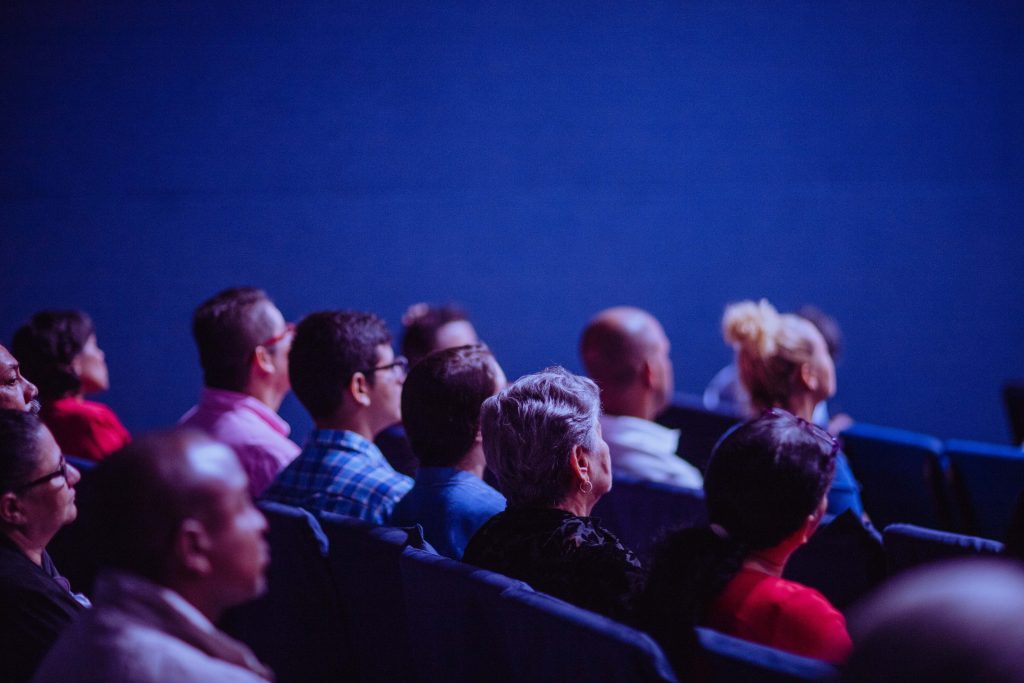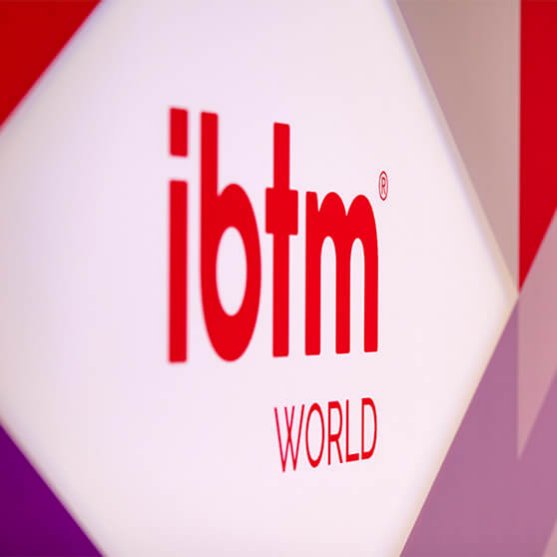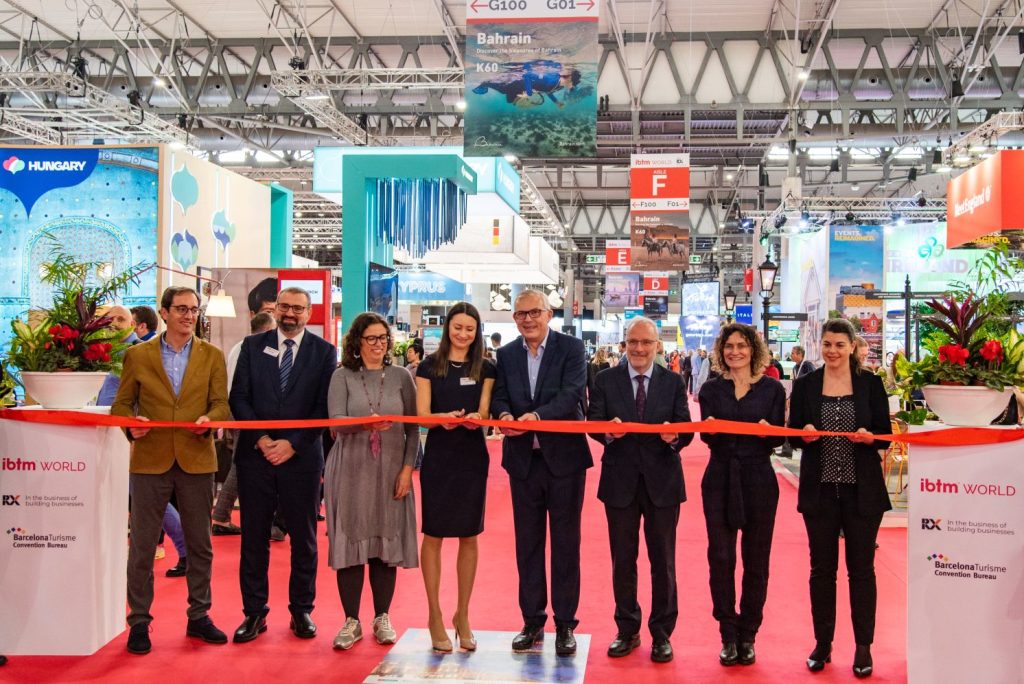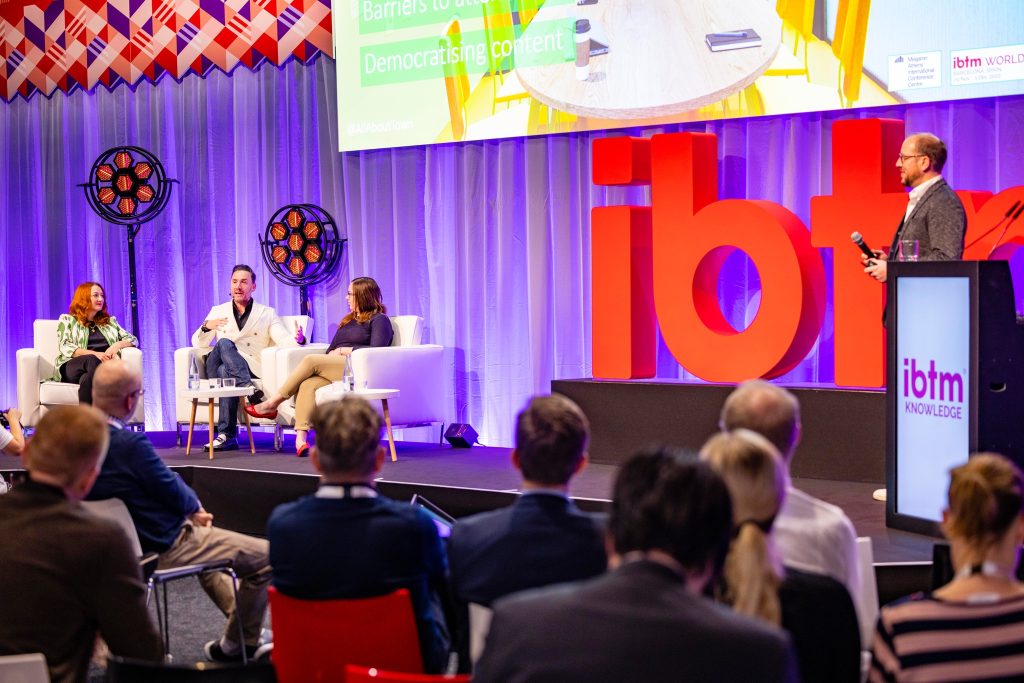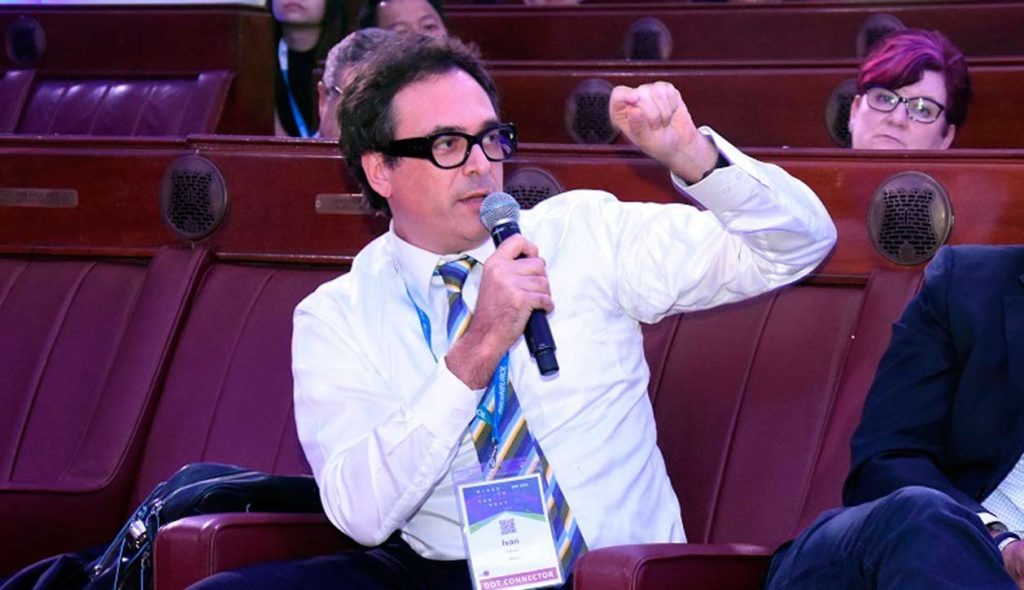
Share news
Listen
You just have been through a merger. Is this industry in a quest for size?
I speak from my personal point of view and it has also been a very recent process. On the surface, the exhibition industry is a very fragmented ecosystem, where M&A opportunities abound. In reality, to deliver a solid performance, keep contribution high and achieve horizontal synergies you need vertical strength, specialist knowledge and international scope, for which size does matter. Small companies can thrive in niche sectors though. In either case, organizers must be nimble.
You can also invest more in technology (registration, access, systems to contact buyers and exhibitors)…
Sure. Again, size is one enabler. Also, for the last years leading organizers have been investing steadily, if not abruptly, in new technologies. Data and knowing what to do with it, is increasingly a differentiator in our industry, although I believe no organizer has yet managed to fully crack the code. It is not so much a question of investment, but rather to define what you exactly want to get out of that data and why. A possible catalyst would be to combine IT and creative profiles within the company.
This attention to data is very present in retail, but less in our industry, do you think that at some point it will become more scientific and better use the data?
It is a must. Data analytics enables us to build communities of both visitors and exhibitors by offering the best possible experience at the show and throughout the year. Technology must allow us to personalize the experience of each user. We need mass-personalization. We have indeed started the journey, but there is still a long way to go.
Should the organizers focus more on the management of communities that attend the fairs?
Supporting, and sometimes even creating, communities, is very important. Less so managing them. Most industries already have a community. Ours is a fostering role, and therefore we should not by default force it onto our customers in the industries we serve.
In fact B2B still is a rather transactional environment. I recall the family business which my father had and that led him to participate to many fairs; what interested him was to go to the fair, do business as fast and effectively as possible and then leave; he wasn’t particularly interested in being part of a community, co-create content or participate in another ways. True, we have evolved since then, but B2B in many cases is still quite business-only driven. In the end, we come back to the use of data: we need to analyze what our customers want and do, and propose solutions that fit both their straightforward and unspoken needs.
What are the key skills that an exhibition organizer should have?
This is a very broad question. In short, I believe an organizer needs to first of all decode and simplify reality, to understand where and how to invest. Second, it must be very close to the industries it serves. Third, it must be agile, be ready to both invest and divest rather quickly, and innovate only when and if needed.
If you have enjoyed it, you can know more and get to know other points of view of the fair sector in the following interviews:
https://www.eventoplus.com/en/articulos/the-oldest-event-in-the-world-is-younger-than-ever/



